Quentin Blake: 'Even in the age of the iPad and the smart phone, books offer things that they cannot'
Sir Quentin Blake reveals the inspiration behind his new exhibition, ‘Anthology of Readers’, in which he affectionately caricatures the bookish among us.
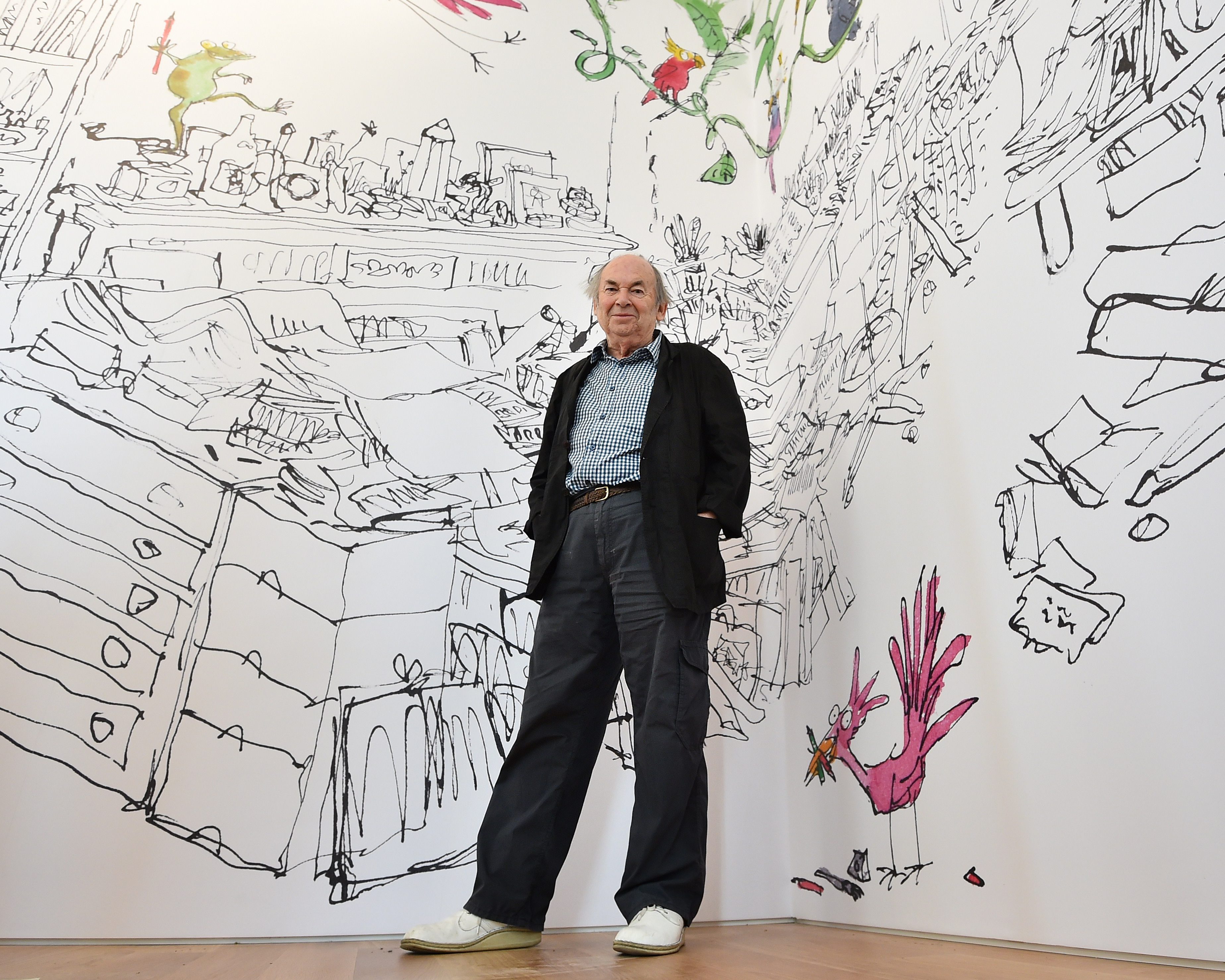

The invitation to make drawings of readers has, for me, several interests. One is that reading happens to be the only discipline in which I have a proper qualification: more than half a century ago, I had the privilege of reading English at Downing College Cambridge at the feet of F. R. Leavis, the most remarkable literary critic of the time. Leavis was dogmatic, but, taken properly, could really help you to read both perceptively and as a whole person.
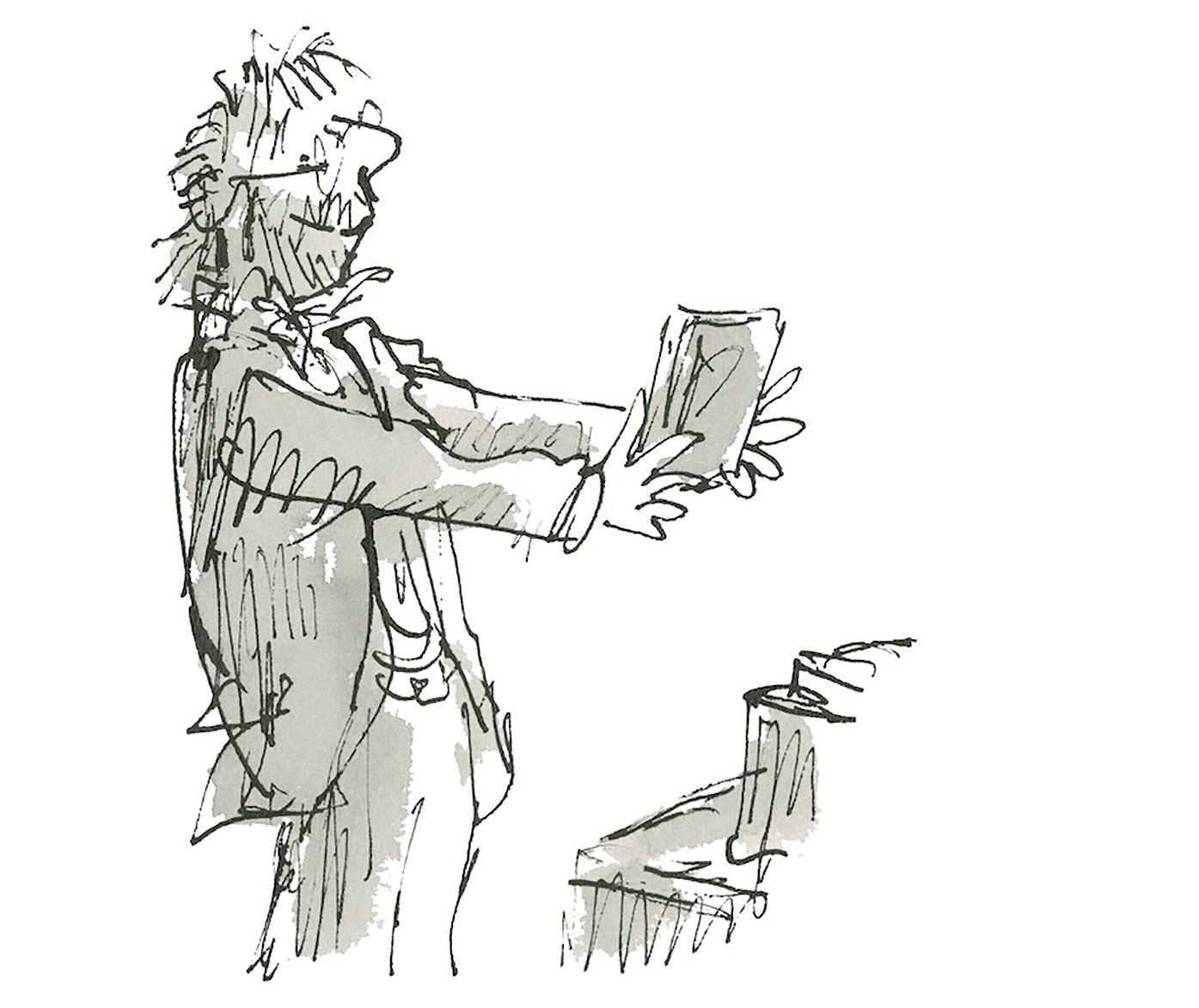
I have always valued the time spent with the Metaphysicals: Pope, Hopkins and — inevitably with Leavis — D. H. Lawrence. At that time, Leavis hadn’t really discovered the genius of Dickens; Hard Times was singled out as the work of merit and it was only later that he opened up to the extraordinary richness of Great Expectations, Bleak House and Little Dorrit.
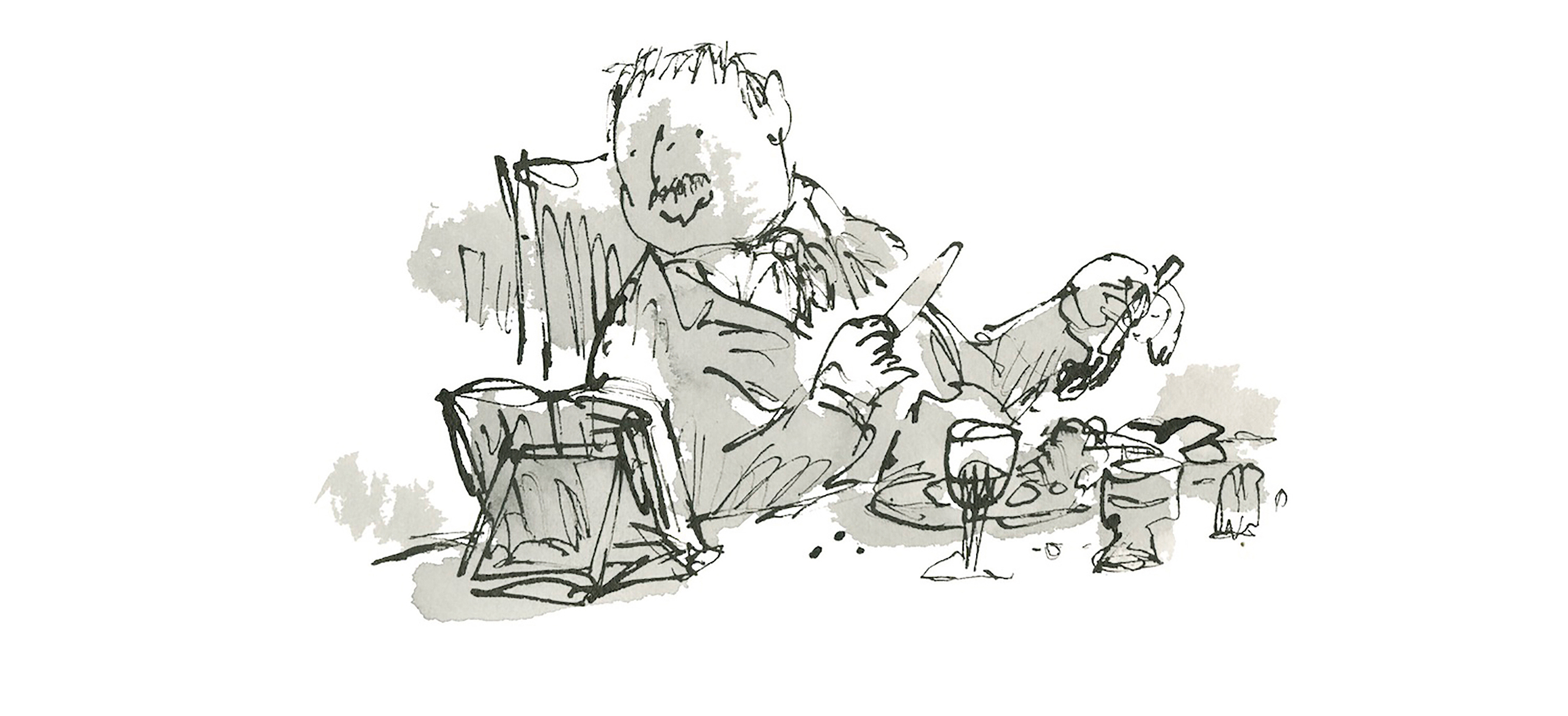
At any rate, I left Cambridge a dedicated reader and what could be nicer than drawing other people reading? Even in the age of the iPad and the smart phone, books offer things that they cannot. Not the text, of course, but the physical presence — the look, the feel, the smell — and you will see that, among my book lovers, there is one getting as close as possible to an impressive tome, one admiring a handsome binding and another taking a concentrated sniff. One of the authors I discovered later in life was Arnold Bennett and there’s an extra pleasure — minor, but not irrelevant — in reading him in volumes of the period.
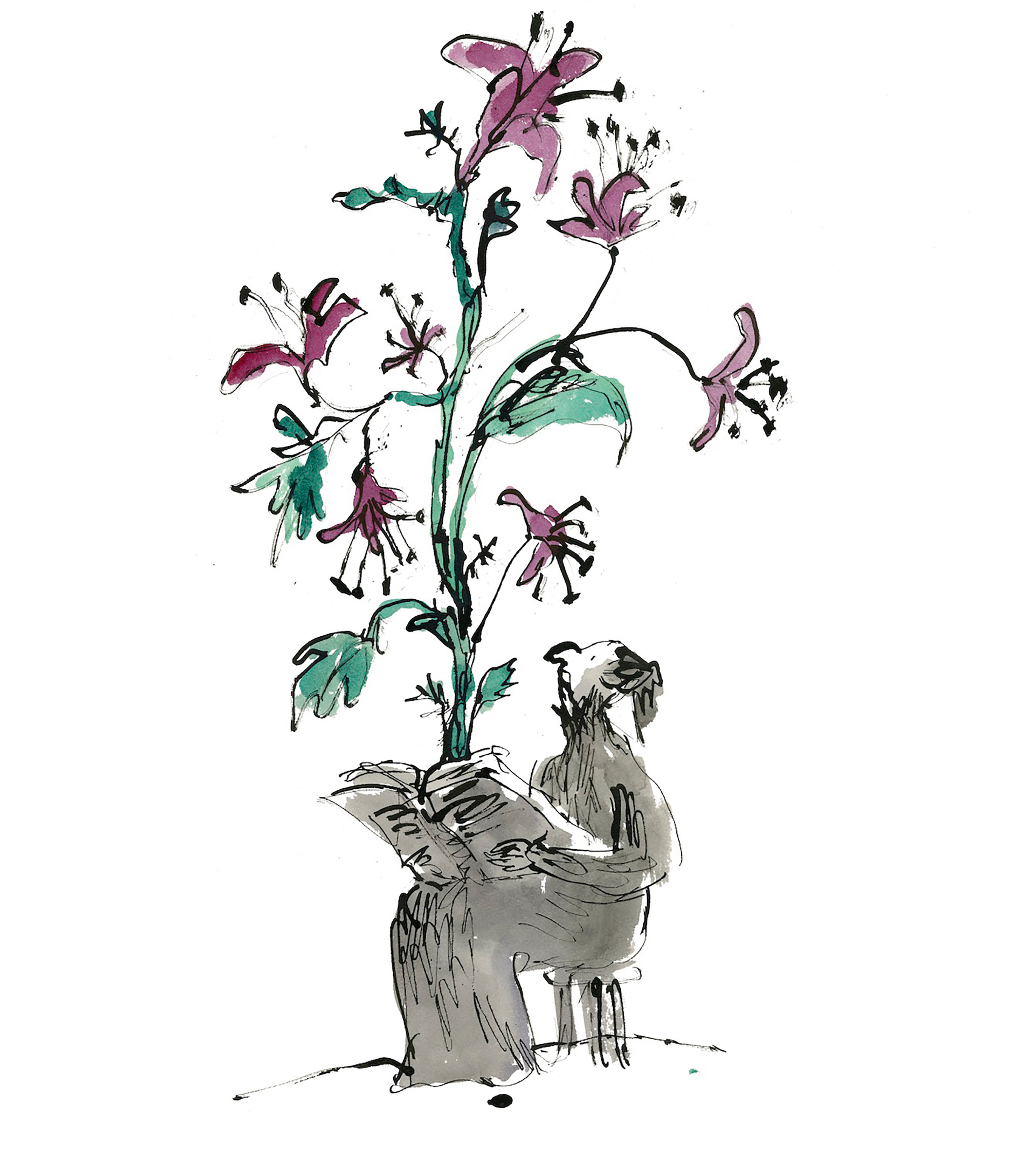
Not only do people go on reading books, but they still read anywhere — so you will find I depict readers shopping, travelling, on the beach, in the rain, in bed and in the shade of a tree, with sandwiches and a glass of wine. I suppose that last is the one I would most like to be, although he serves to remind me of some very draughty outdoor reading indeed.
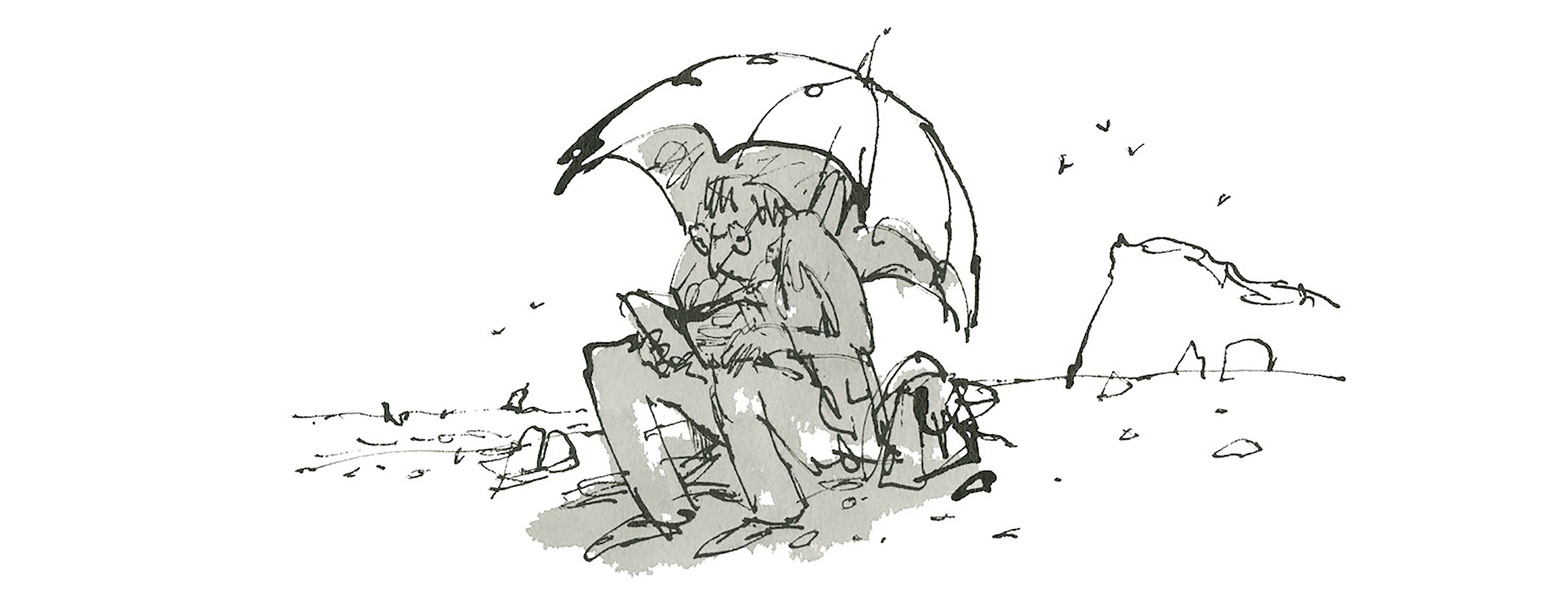
But it’s the ordinary readers, so to speak, who are the most fascinating to me and the ones I most want to draw — the little theatre of their gestures and reactions, the positions they get themselves into, their expressions of doubt, apprehension, excitement and delight. Many may simply be concentrated on the words in front of them, but I couldn’t deprive myself also of the sight of sheer boredom.
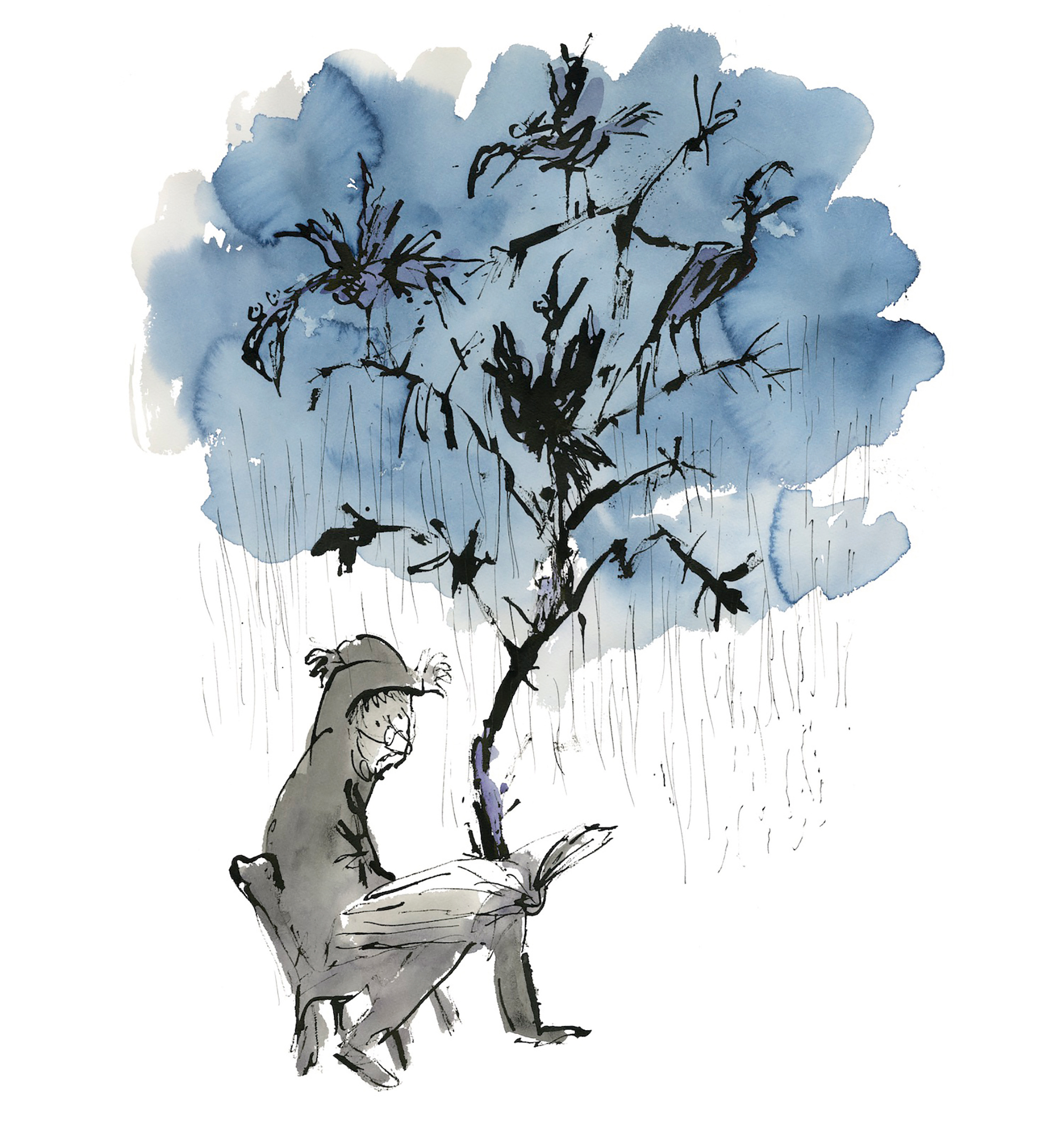
Perhaps it is worth saying that none of these readers or situations is observed: they are all invented on the page, acted, as it were, with me mentally hunching myself into this posture or lounging myself into that.
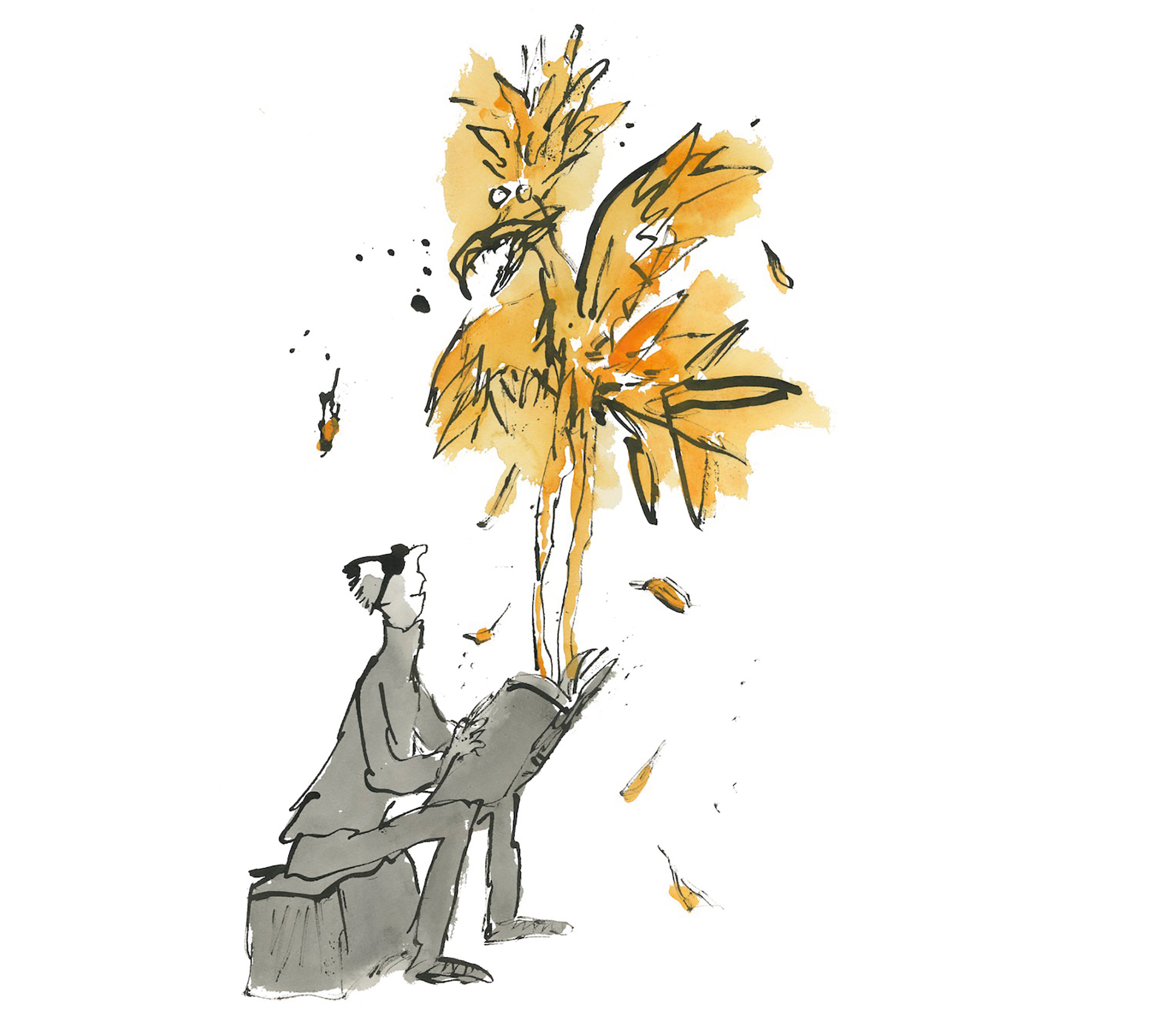
If reading is important to me, there is also the fact that, for most of my life, my practice as an artist has largely been illustration. It has brought me some wonderful collaborations — from yesterday and today, Roald Dahl and David Walliams; from the past, Cyrano de Bergerac, La Fontaine and Voltaire — so you will forgive me if I add that I hope at least some of the readers I have depicted are also looking at the pictures.
Sign up for the Country Life Newsletter
Exquisite houses, the beauty of Nature, and how to get the most from your life, straight to your inbox.
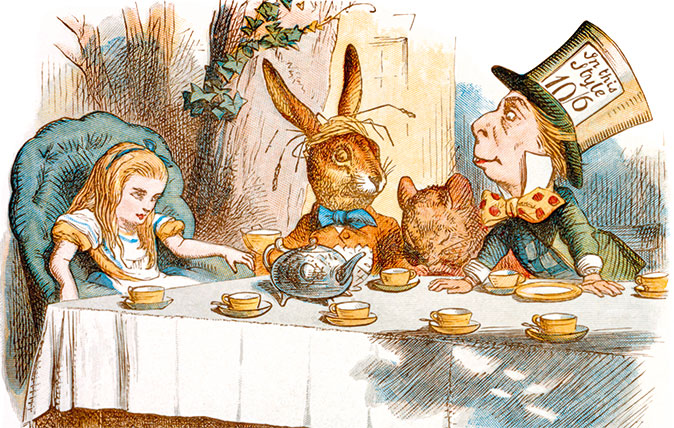
Credit: Alamy / Sir John Tenniel
10 of the greatest children's book illustrators, from EH Shepard to Quentin Blake
Matthew Dennison pays tribute to artists who painted our collective childhoods.
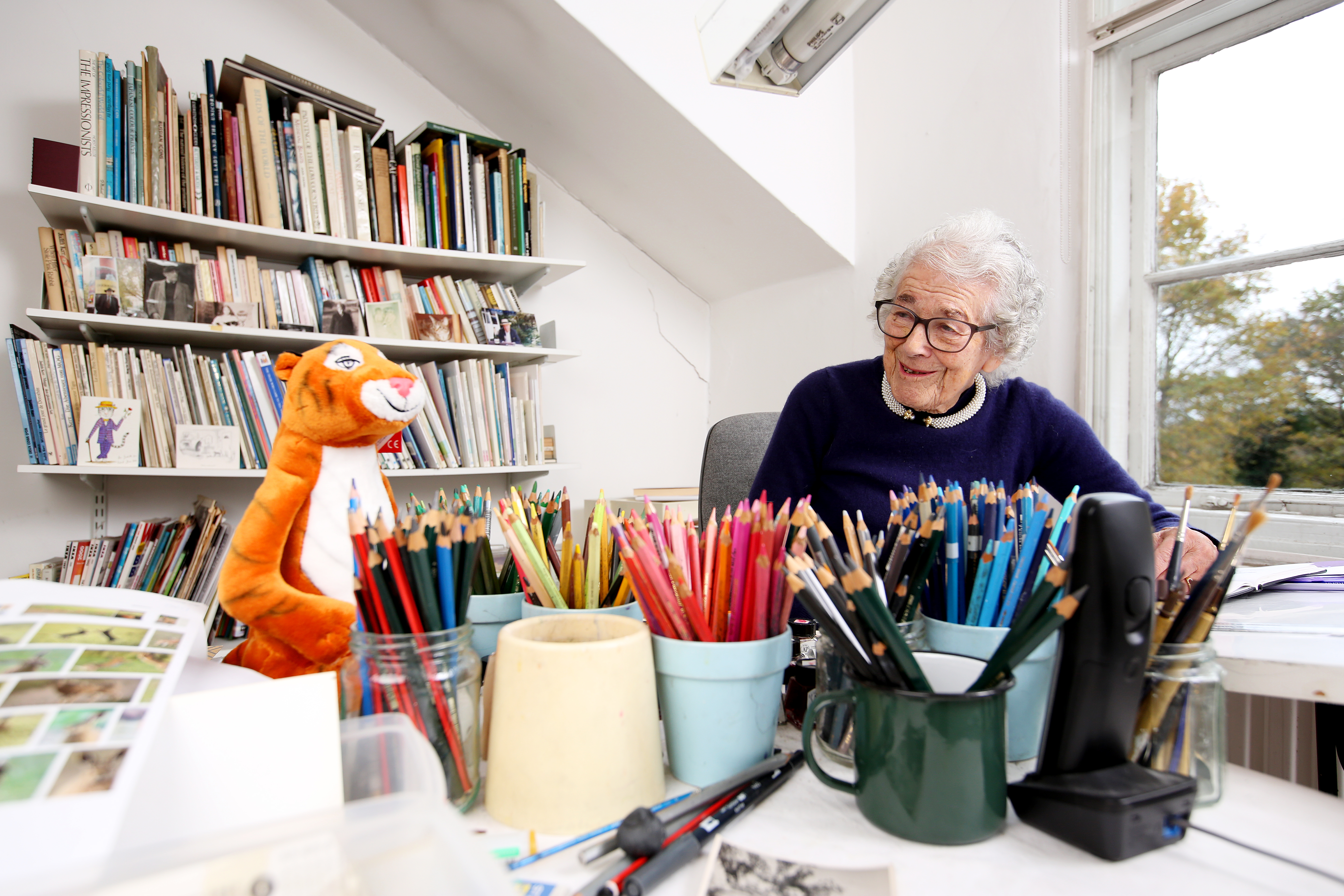
Judith Kerr: 'I walk about and look at people, out with their children, and I think do they realise how fragile it all is?'
Children's author Judith Kerr, who passed away this week at the age of 95, spoke to Country Life about her
Country Life is unlike any other magazine: the only glossy weekly on the newsstand and the only magazine that has been guest-edited by HRH The King not once, but twice. It is a celebration of modern rural life and all its diverse joys and pleasures — that was first published in Queen Victoria's Diamond Jubilee year. Our eclectic mixture of witty and informative content — from the most up-to-date property news and commentary and a coveted glimpse inside some of the UK's best houses and gardens, to gardening, the arts and interior design, written by experts in their field — still cannot be found in print or online, anywhere else.
-
 Designer's Room: A solid oak French kitchen that's been cleverly engineered to last
Designer's Room: A solid oak French kitchen that's been cleverly engineered to lastKitchen and joinery specialist Artichoke had several clever tricks to deal with the fact that natural wood expands and contracts.
By Amelia Thorpe
-
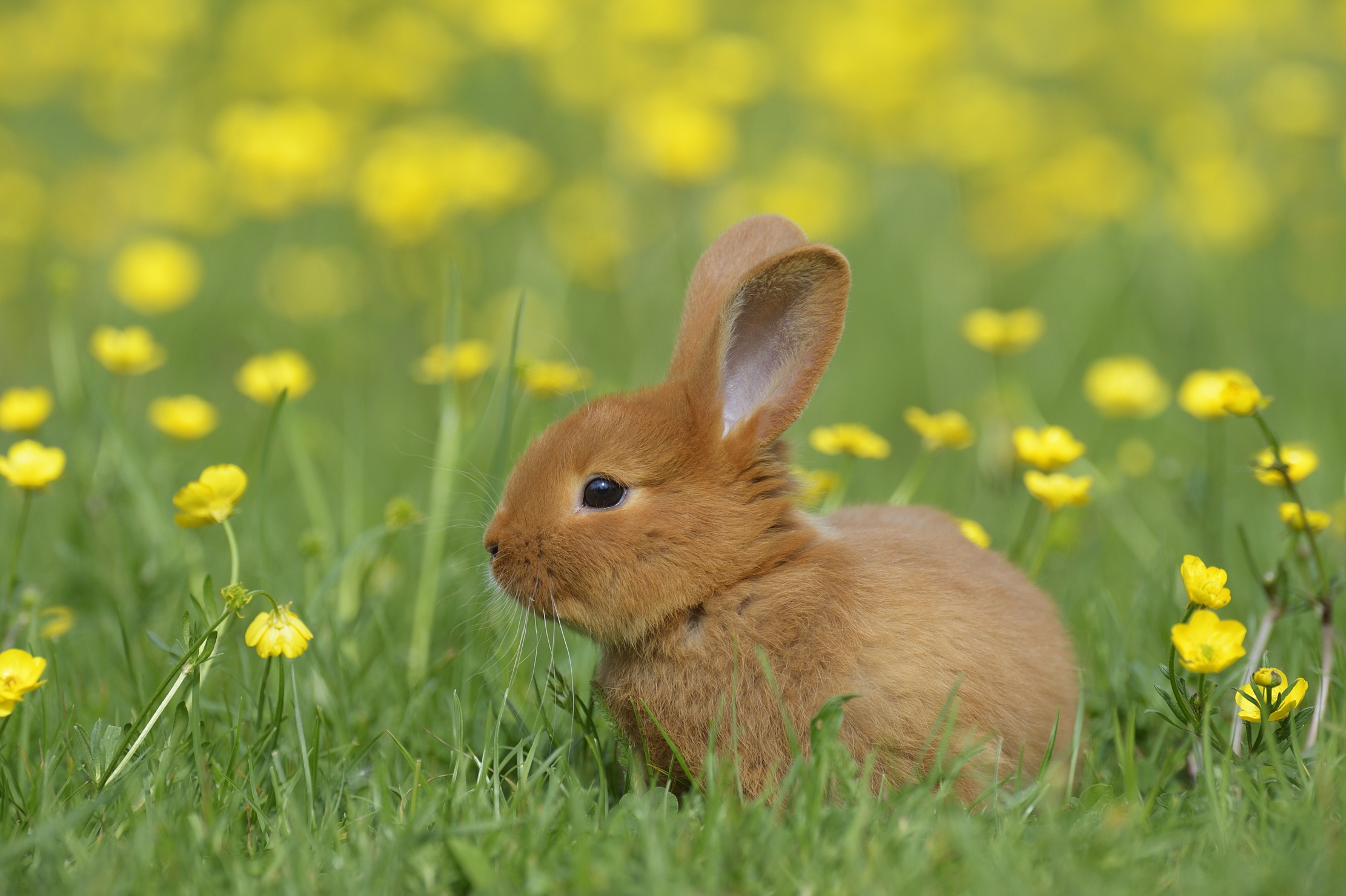 Chocolate eggs, bunnies and the Resurrection: Country Life Quiz of the Day, April 18, 2025
Chocolate eggs, bunnies and the Resurrection: Country Life Quiz of the Day, April 18, 2025Friday's quiz is an Easter special.
By James Fisher
-
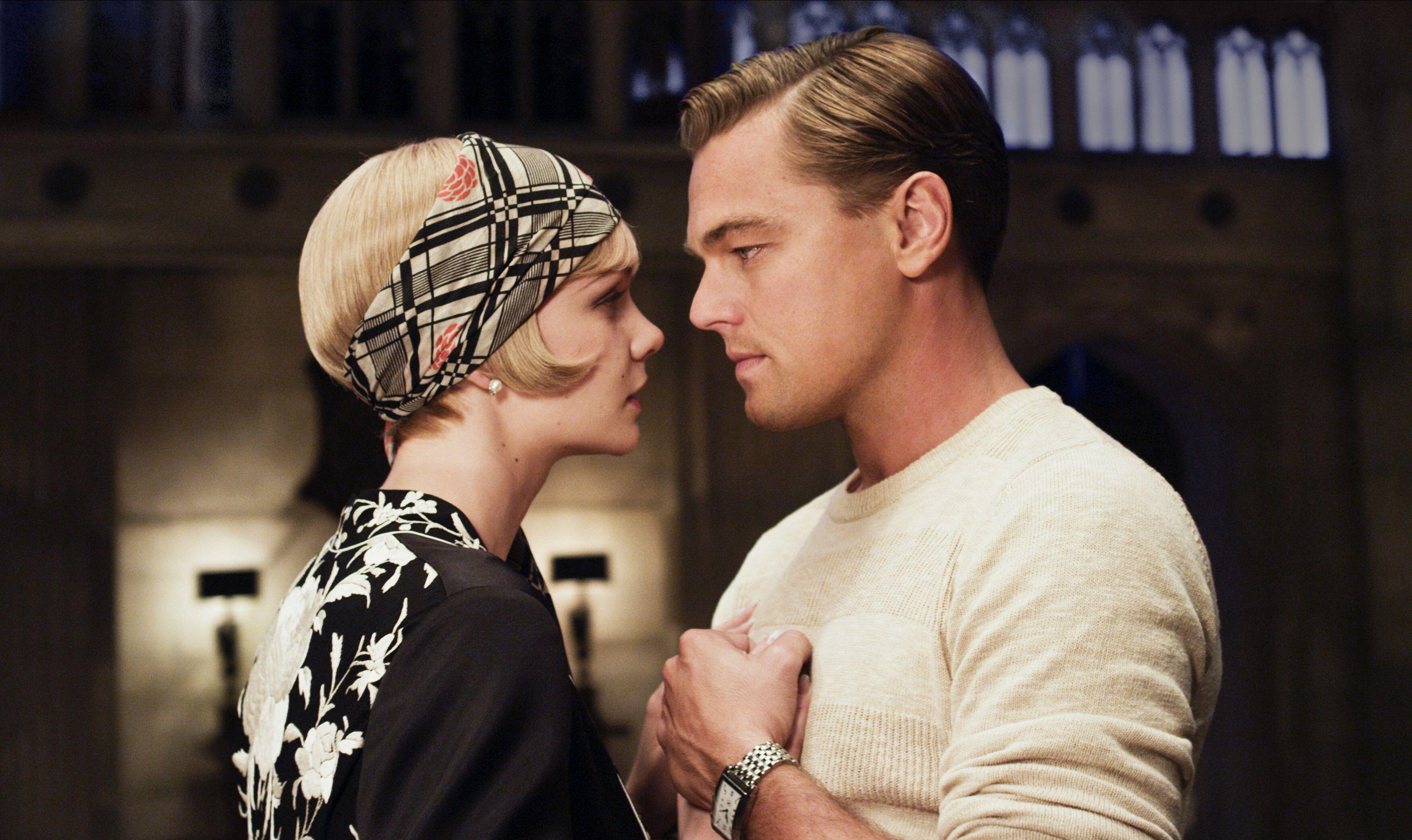 The five minute guide to 'The Great Gatsby', a century on from its publication
The five minute guide to 'The Great Gatsby', a century on from its publication'The Great Gatsby' sold poorly the year it was published, but, in the following century, it went on to become a cornerstone of world literature.
By Carla Passino
-
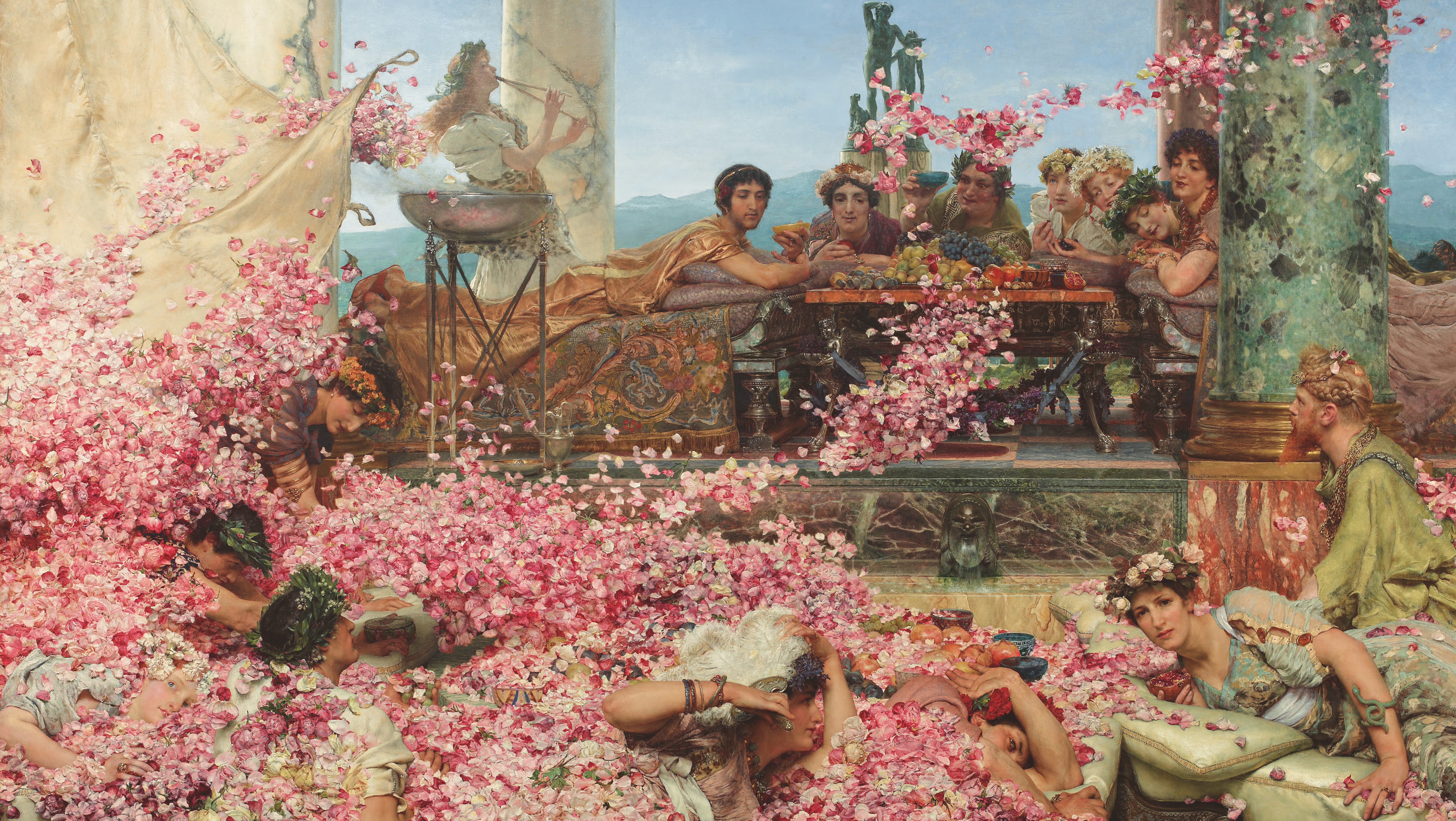 Love, sex and death: Our near-universal obsession with the rose
Love, sex and death: Our near-universal obsession with the roseNo flower is more entwined with myth, religion, politics and the human form than the humble rose — and now there's a new coffee table book celebrating them in all of their glory.
By Amy de la Haye
-
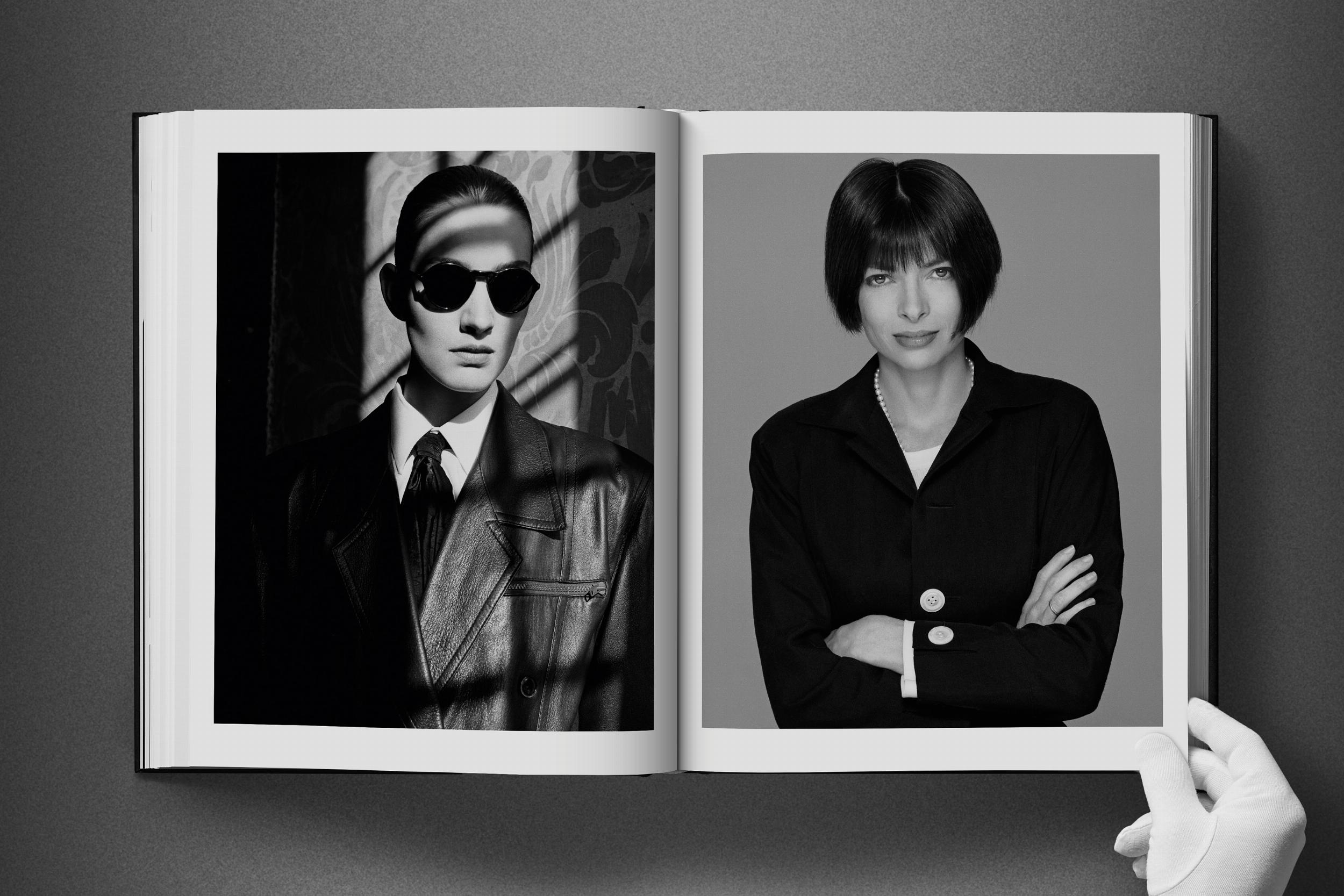 When London was beginning to establish itself as modern cultural powerhouse: The 1980s according to David Bailey
When London was beginning to establish itself as modern cultural powerhouse: The 1980s according to David BaileyIn his new book ‘Eighties Bailey’, ‘era-defining’ photographer David Bailey explores a time when London and the UK were at the centre of the fashion, art and publishing worlds.
By Richard MacKichan
-
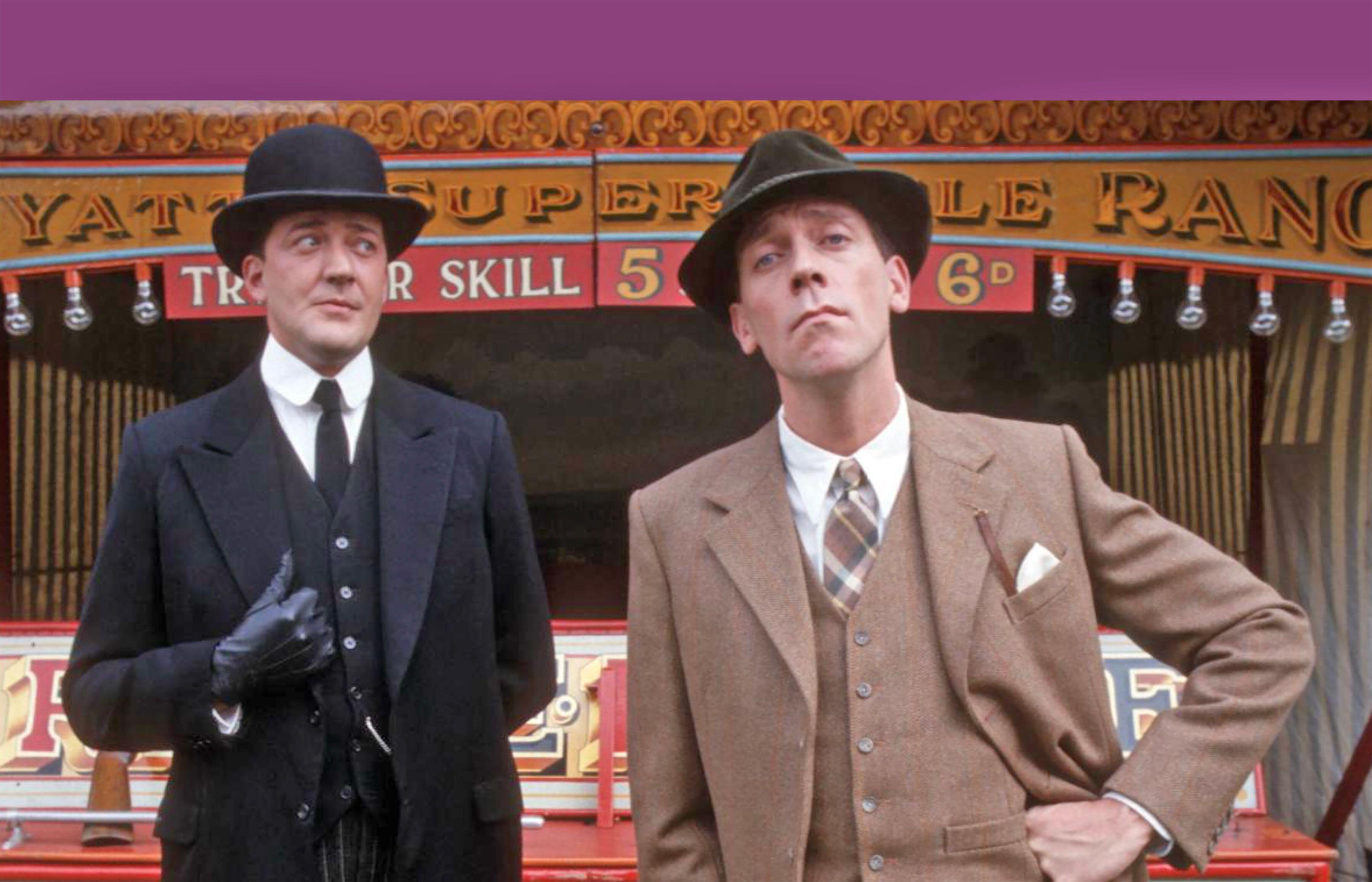 The life and times of P. G. Wodehouse, 50 years on from his death
The life and times of P. G. Wodehouse, 50 years on from his deathBertie Wooster, Jeeves, Lord Emsworth and the Blandings Castle set: P. G. Wodehouse’s creations made him one of the most widely read humorists of the 20th century, but he was denounced as a traitor and a Nazi.
By Roderick Easdale
-
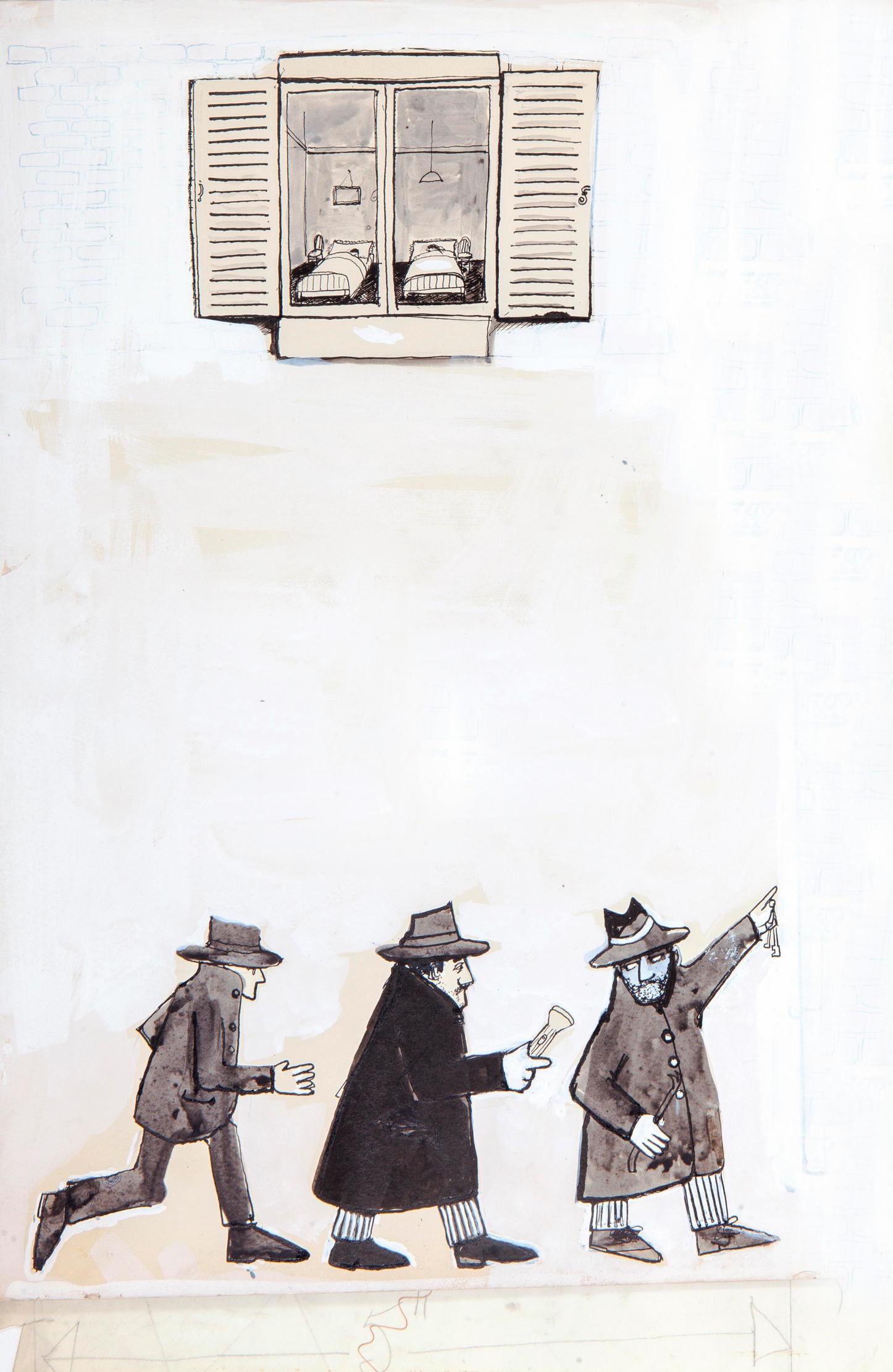 The story of how 007 creator Ian Fleming came to write Chitty-Chitty-Bang-Bang
The story of how 007 creator Ian Fleming came to write Chitty-Chitty-Bang-BangChitty-Chitty-Bang-Bang, our fine four-fendered friend, turns 60 on October 22nd. Mary Miers relives the adventures of the magical flying car and reveals the little-known story of its creation by Ian Fleming, as the writer turned his attention from the world of 007 to a children's tale.
By Mary Miers
-
 Christmas gifts for children that don't need screens or take batteries
Christmas gifts for children that don't need screens or take batteriesDon't just pick up the latest plastic toys with lights and noises – take a look at these gifts which kids will love just as much as you do.
By Country Life
-
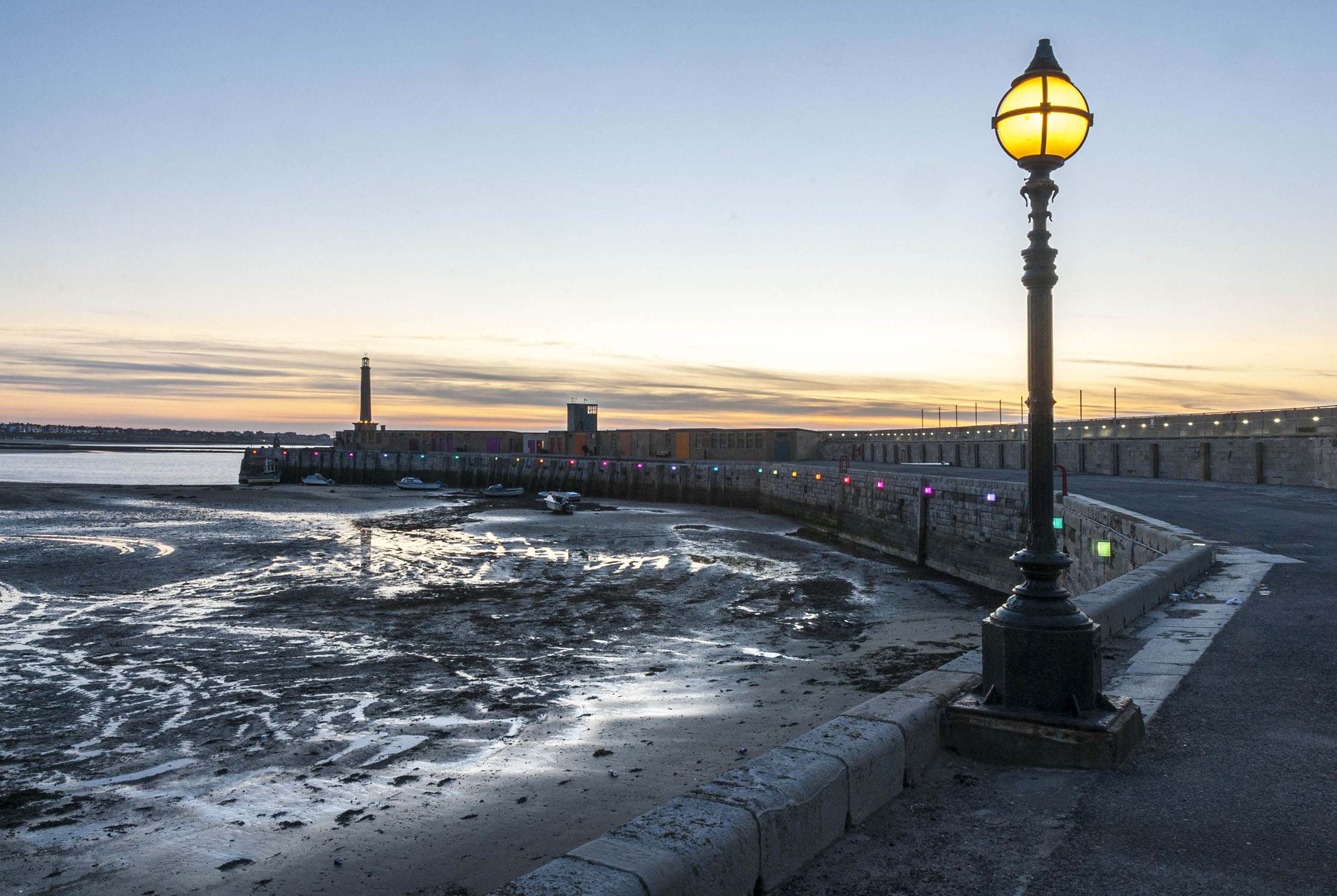 In Focus: T.S. Eliot's The Waste Land, the poem of broken modern civilisation that seems more apt than ever
In Focus: T.S. Eliot's The Waste Land, the poem of broken modern civilisation that seems more apt than everOn the 100th anniversary of its publication, Julie Harding asks why T. S. Eliot’s great poem The Waste Land, with its devastating vision of a broken modern civilisation, still resonates so strongly today.
By Julie Harding
-
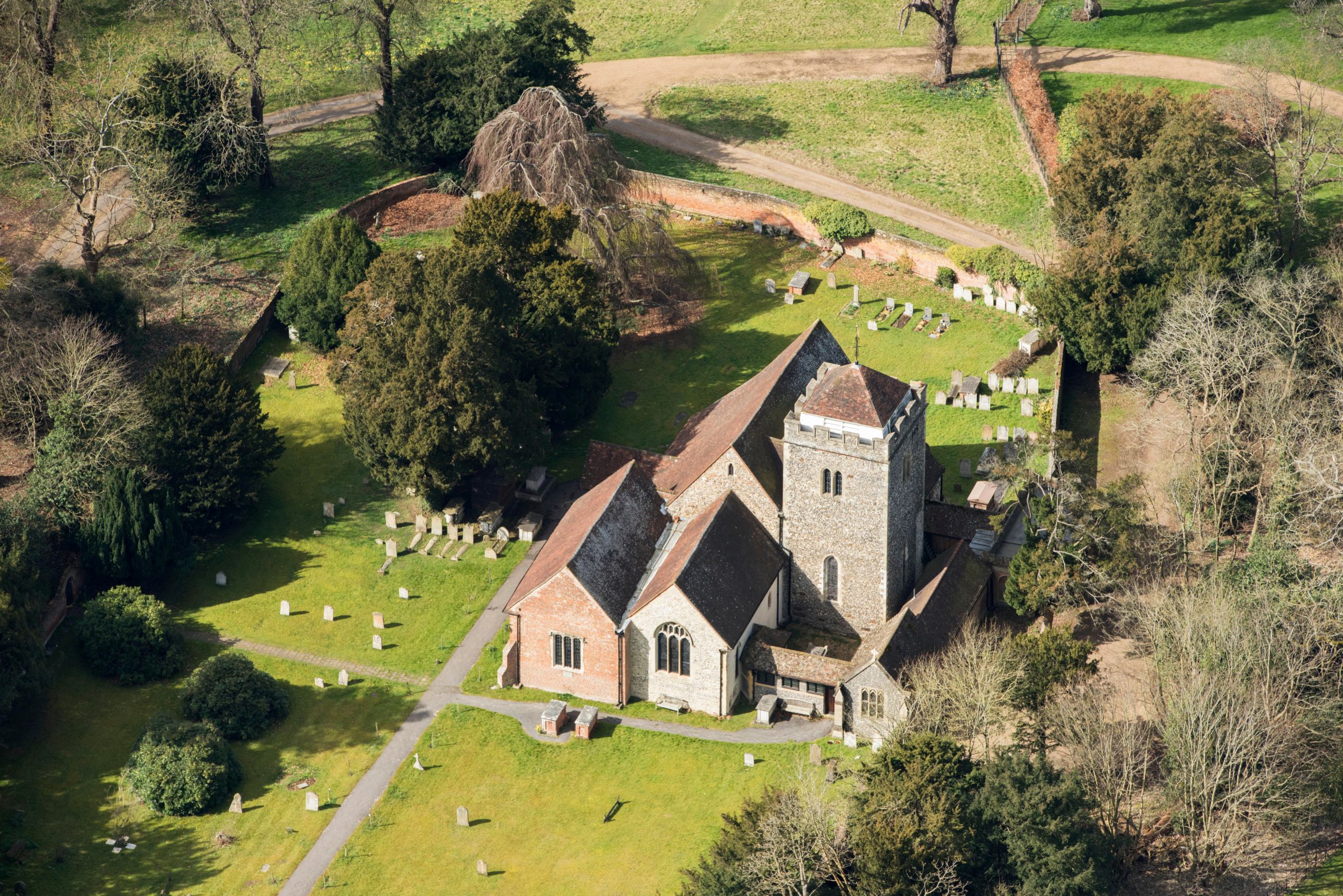 In Focus: The enduring beauty of Thomas Gray's Elegy Written In A Country Churchyard
In Focus: The enduring beauty of Thomas Gray's Elegy Written In A Country ChurchyardJack Watkins considers the timeless brilliance of Thomas Gray's 'Elegy Written in a Country Churchyard.'
By Jack Watkins